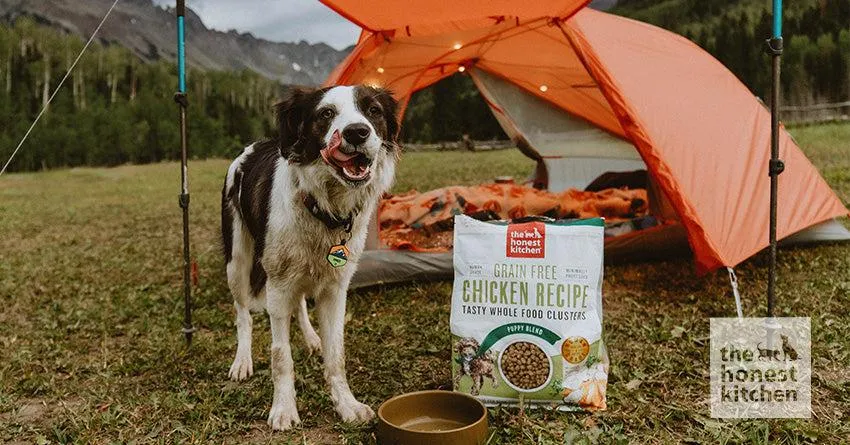A Comprehensive Guide to Flying with Your Dog
If you’re wondering how to get your dog on a plane, you’ve come to the right place. In this article, I’ll cover everything you need to know to travel safely and stress-free with your furry friend. From requirements and restrictions to tips for a smooth trip, I’ll reveal all the secrets to flying with your canine companion.
Check Airline Rules and Restrictions
- The first step is to contact the airline and understand their specific policies for pets. Rules can vary between carriers so it’s important to check well in advance.
- Most airlines only allow dogs and cats as emotional support or service animals. Large or unusual pets like snakes, ferrets or hedgehogs are typically forbidden.
- You’ll need to prove your dog is healthy with an up-to-date veterinary health certificate. The exam must have happened within 10 days of your flight.
- There are also size and weight limits – dogs are usually restricted to under 20 pounds and must be able to sit comfortably in a carrier under the seat.
Book Early and Pay Charges
It’s crucial to book travel for your pooch at the same time as your own ticket. Space is limited and slots fill up fast, so don’t procrastinate. You’ll also need to pay a nominal animal transport fee, usually $125 each way on domestic flights. It’s worth the cost for peace of mind.
Train Your Pup for the Plane
In my experience as a veterinarian, a well-trained dog is less stressful for everyone. Start desensitizing them to carrier, noises and being confined well before the big day. Practice short training sessions with treats and praise to build positive associations. On the flight, keep your pup calm and still under the seat. A tired dog is a happy dog!
Pack the Perfect Pet Portfolio
Come prepared with essentials in an optimized carry-on sized bag. I recommend including:

- Water and snacks – at least 2-3 days’ worth in an sealed container.
- Collapsible water bowl – easy to fit anywhere.
- Pee pads or newspapers – in case of unexpected “emergencies”.
- Toys and chews – for distraction and mental stimulation.
- Proof of vaccinations – keep documents handy.
- ID tag on collar – with your contact info.
- Meds if needed – in original labelled bottle.
Remember smaller is better when it comes to packing. Avoid bulky items and overpacking.
Arrive Early and Check In Smoothly
On travel day, aim to reach the airport at least 2 hours before your flight. You’ll have to check in at the pet counter rather than regular kiosks. From my flying experience, it can take extra time to process animals. Stay organised with paperwork in order to speed things along. Once checked, find a quiet spot to relax with your pup who must remain in carrier until boarding.
Board Comfortably and Settle In
When your row is called, head straight to your seat. To avoid stress, keep your pup calm and still under the seat in front of you where they have space. Offer treats and praise for good behaviour. Be prepared for curious fellow passengers who may want to say hi. Gently explain your pup needs rest. Once airborne, stretch your legs when possible but most importantly keep interactions positive.
Disembark and Destination Safety
Upon arrival, wait for bulk of passengers to deplane before exiting with your pup. Then it’s a short walk to baggage claim where hopefully your other luggage will already be spinning. From there get in your transport as swiftly as possible. At your destination, ensure your furry friend has opportunity for potty, water and is readjusted before any long activities like sightseeing. Take it kind of easy for the rest of the day.

In summary, carefully adhering to protocols, adequate preparation and maintaining a stress-free environment for your dog are key elements for a smooth flying experience. With proper planning and training, you’ll both feel comfortable and confident for air travel adventures together. Let me know if you have any other pet travel questions!
Tips for Traveling with Your Dog by Plane
| Requirement | Details |
|---|---|
| Booking a pet-friendly airline | Check airline policies and restrictions on dog size and breed. |
| Proper travel carrier | Use a sturdy carrier that is IATA complaint and labeled with your contact info. |
| Vaccination records | Keep vaccination records in an accessible place in case the airline requests them. |
| Sedation | Consult your vet about calming aids if your dog gets anxious during travel. |
| Identification tags | Ensure collar tags have your contact info in case your dog escapes the carrier. |
| Proper paperwork | Have health certificate and any other documents required by your destination. |
| Pre-travel check-in | Arrive extra early to allow time for check-in of your pet as extra luggage. |
FAQ
-
Can I bring my dog on the plane in the cabin?
Most major airlines allow you to bring your small dog in the cabin as long as it travels in an approved carrier that fits under the seat. The dog must remain in the carrier for the entire flight. Larger dogs usually need to travel in the cargo hold as pets.
-
What documents do I need for my dog to fly?
You’ll need a health certificate from your vet stating that your dog is fit to travel. The certificate can’t be more than 10 days old when you fly. Your dog also needs to be up to date on vaccinations. The airline may require additional documents like the dog’s name and your contact information. Better safe than sorry – check the airline’s rules beforehand!
-
How early should I get to the airport with my dog?
It’s best to plan to arrive at least 2 hours before your flight departure time when traveling with a pet. You’ll need extra time to check-in, show documents, and make sure your furry companion is all set in his carrier. Airlines can deny boarding if you’re late, so it’s better to arrive kinda early rather than risk missing the plane!

-
Is it stressful for dogs to fly?
Flying can be really overwhelming and scary for some pups. All that noise, new smells, and being confined to a small space for hours doesn’t sound fun! However, if your dog is accustomed to car travel and isn’t bothered by loud sounds, he may do fine on a plane. Be sure to talk to your vet about ways to reduce stress like calming aids. With patience and support, most pups can adjust to plane rides.
-
What is the most affordable way to fly with a dog?
Flying in the cargo hold where pets go separately from the cabin is significantly cheaper than cabin transport. However, keep in mind that cargo involves greater risks than cabin travel, so it’s important to consider your dog’s needs. Ultimately “cheap” loses meaning if it means stressing out your furry family member. Your pup’s comfort should be the top priority when choosing flying options.
-
How do I prepare my dog for their first plane ride?
Get your pup used to their travel crate by feeding them in it and making it a positive space. Do test runs by driving to new places with the crate. Consider training classes to address any freak-outs over loud noises. Talk to your vet about soothing aids. On travel day, be calm and reassuring for your pup. With some training ahead of time most dogs can handle their first plane ride no problem!
-
What age is best to fly with a puppy?
Small puppies under 6 months usually cannot fly as cargo due to temperature control requirements. For cabin travel, some airlines allow puppies as young as 12 weeks, but they must be able to sit still in their carrier under the seat for the full flight. Basically, the older a pup the better. Once they are over 6 months and fully vaccinated, most pups are mature enough for air travel, but it depends on the individual dog. Check airline policies on age limitations.

